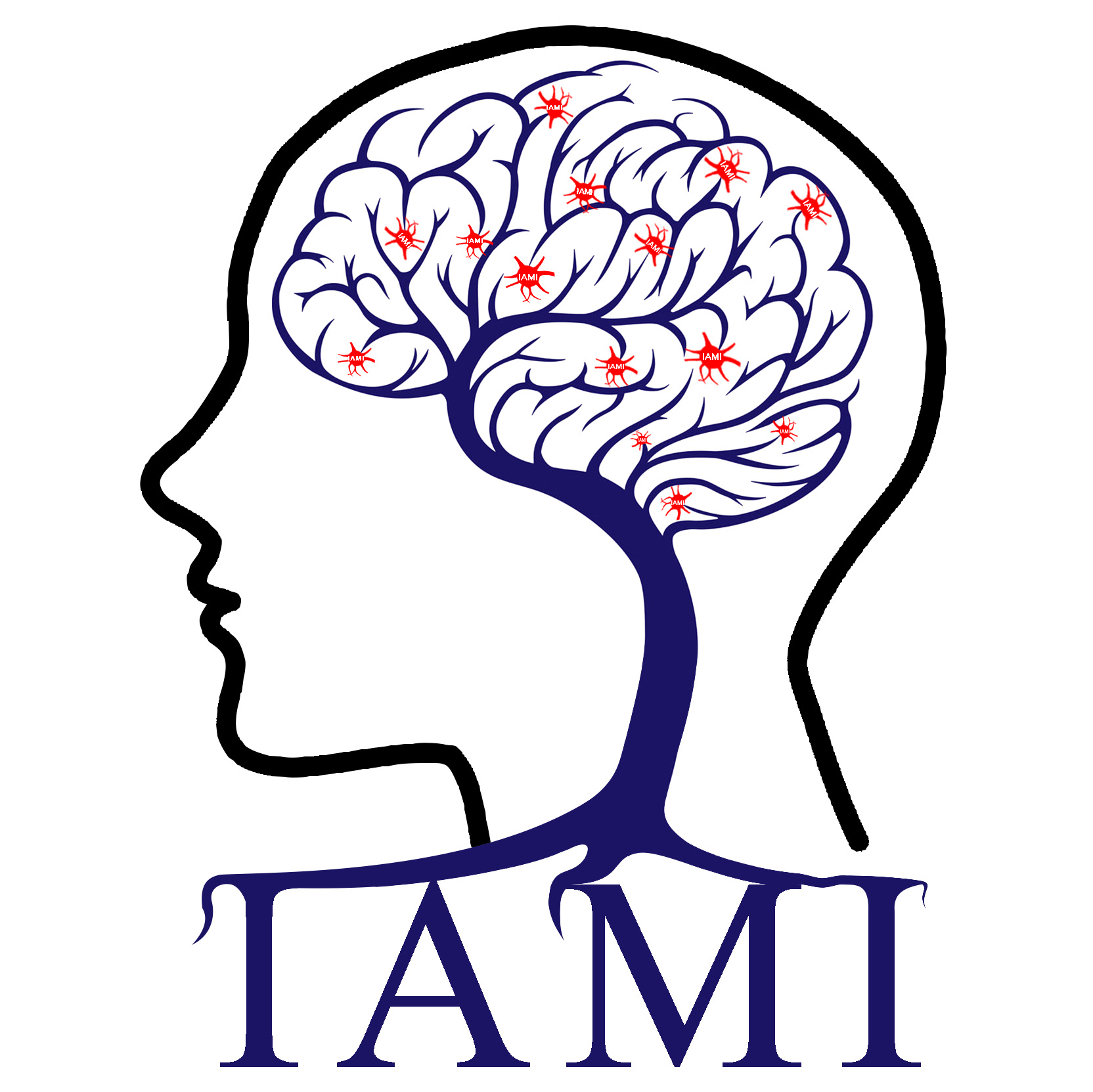
杜宇慧个人网页---智能医学图像分析
地址:中国, 太原
Rongtao Jiang, Christopher C Abbott, Tianzi Jiang, Yuhui Du, Randall Espinoza, Katherine L Narr, Benjamin Wade, Qingbao Yu, Ming Song, Dongdong Lin, Jiayu Chen, Thomas Jones, Miklos Argyelan, Georgios Petrides, Jing Sui*, Vince D Calhoun. SMRI Biomarkers Predict Electroconvulsive Treatment Outcomes: Accuracy with Independent Data Sets. Neuropsychopharmacology, 2018, 43(5): 1078-1078.
时间:2019-06-12 16:42:06 来源: 点击:[2060]
Abstract
Owing to the rapid and robust clinical effects, electroconvulsive therapy (ECT) represents an optimal model to develop and test treatment predictors for major depressive disorders (MDDs), whereas imaging markers can be informative in identifying MDD patients who will respond to a specific antidepressant treatment or not. Here we aim to predict post-ECT depressive rating changes and remission status using pre-ECT gray matter (GM) in 38 MDD patients and validate in two independent data sets. Six GM regions including the right hippocampus/parahippocampus, right orbitofrontal gyrus, right inferior temporal gyrus (ITG), left postcentral gyrus/precuneus, left supplementary motor area, and left lingual gyrus were identified as predictors of ECT response, achieving accuracy of 89, 90 and 86% for remission prediction in three independent, age-matched data sets, respectively. For MDD patients, GM density increases only in the left supplementary motor cortex and left postcentral gyrus/precuneus after ECT. These results suggest that treatment-predictive and treatment-responsive regions may be anatomically different but functionally related in the context of ECT response. To the best of our knowledge, this is the first attempt to quantitatively identify and validate the ECT treatment biomarkers using multi-site GM data. We address a major clinical challenge and provide potential opportunities for more effective and timely interventions for electroconvulsive treatment.

 您当前的位置:
您当前的位置: